Home / Albums / Tag Percussion 18

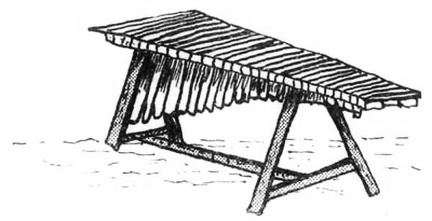 Guatemalan Marimba
Guatemalan Marimba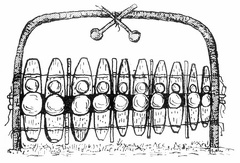 Zulu Marimba
Zulu Marimba The Arpa
The Arpa Playing stick.
Playing stick.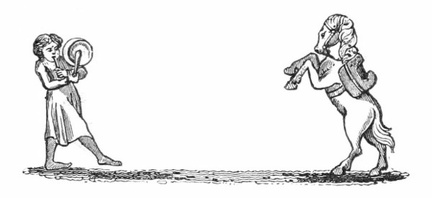 A Horse dancing to the Pipe and Tabor
A Horse dancing to the Pipe and Tabor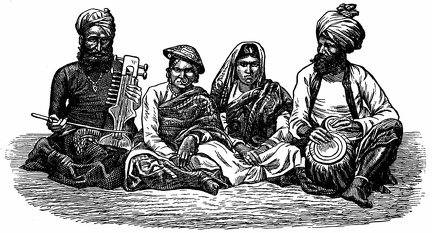 Hindu Dancing girls and Musicians
Hindu Dancing girls and Musicians Egyptian Crotola or Castanets
Egyptian Crotola or Castanets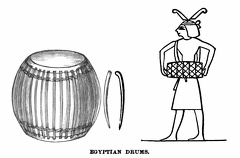 Egyptian Drums
Egyptian Drums Aztec cluster of bells
Aztec cluster of bells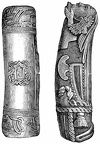 Aztec drums
Aztec drums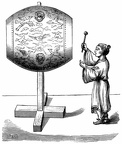 Chinese kin-kou
Chinese kin-kou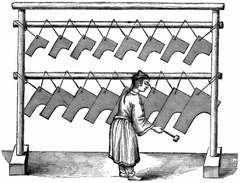 Chines King
Chines King The Lion of Korea
The Lion of Korea Boys' Concert—Flute, Drum, and Song
Boys' Concert—Flute, Drum, and Song Female Minstrel
Female Minstrel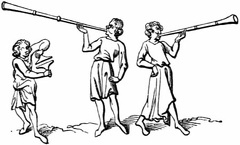 Cymbals and Trumpets
Cymbals and Trumpets Tabl Shamee
Tabl Shamee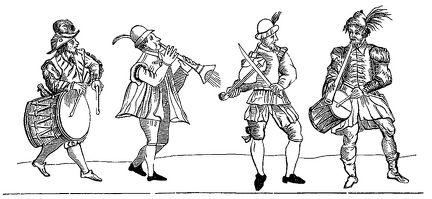 Musicians
Musicians



